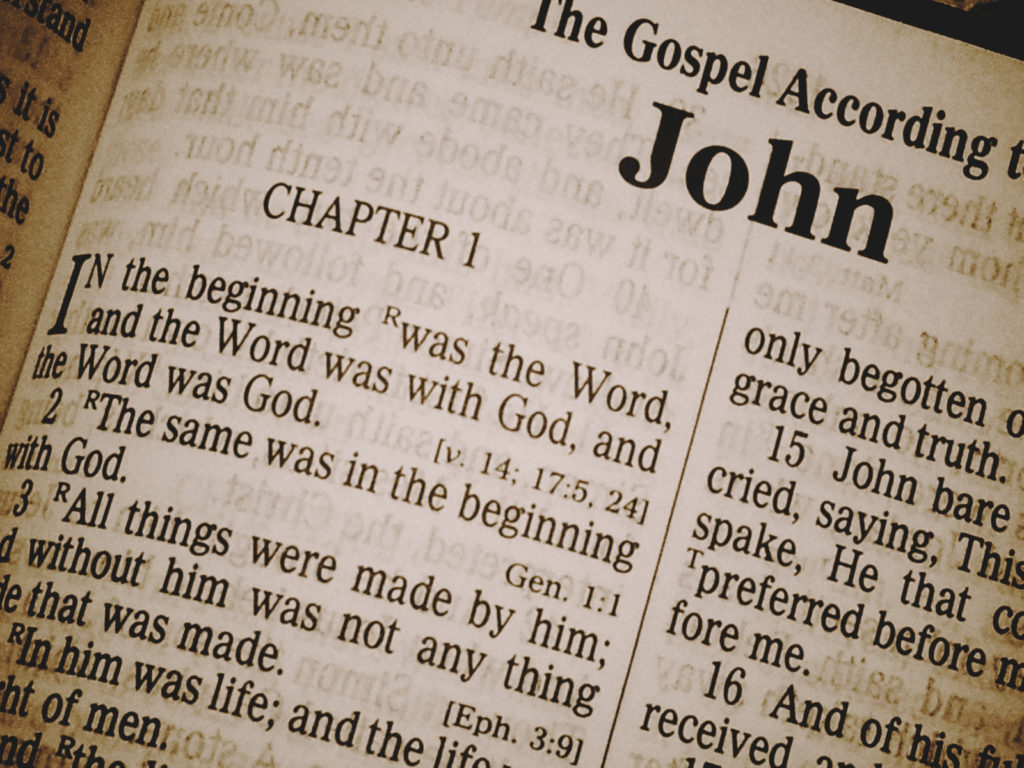During the Protestant Reformation, sacramentals were one of the first things the Reformers abandoned. The Reformers sought to have a church that was more centered on the Bible and so took great lengths to eliminate anything “extra.”
[featured-image single_newwindow=”false”]Wikipedia[/featured-image]
However, as we will see, sacramentals are far from “extra” and not only have roots in Sacred Scripture, but have a long history that dates back to the very beginnings of the Church.
Biblical Foundation
While sacramentals are, strictly speaking, instituted by the Church, they all have a common foundation in Sacred Scripture. In fact, in the updated Book of Blessings we read how the first part of every blessing is to have passage from Scripture. This is meant “to ensure that the blessing is a genuine sacred sign, deriving its meaning and effectiveness from God’s word that is proclaimed.” Even in the Roman Ritual we see echoes of events in Salvation History embedded in the prayers of blessing. The Church has always been mindful to not institute a sacramental without some sort of biblical basis. To help illustrate this reality, I will go through a few examples.
The first sacramental that is most used is the Sign of the Cross. Most of us wouldn’t think of the Sign of the Cross as a sacramental, especially since we use it on a daily basis before and after every prayer. However, the Church has always seen it as a powerful “outward sign” that conveys grace to all who piously perform it.
Saint Francis de Sales describes the Sign of the Cross as “a Christian ceremony that represents the Passion of our Lord by tracing the shape of the Cross with a simple motion.” By itself the action of tracing the Sign of the Cross is neither good nor bad, but “when the sign is employed so as to give honor to God…it becomes a holy ceremony, one that God uses to many good ends.” Biblically speaking, the Sign of the Cross recalls the Passion of Jesus Christ and tracing it over the body with the hand is recorded in the Old Testament and in the New Testament. We read in Ezekiel,
“And the Lord said to him: Go through the midst of the city, through the midst of Jerusalem: and mark Thau upon the foreheads of the men that sigh, and mourn for all the abominations that are committed in the midst thereof.” (Ezekiel 9:4)
The “Thau” or “Taw” was a letter of the Hebrew alphabet that was derived from an Egyptian letter that looked like a “t” or “x” and later would influence the Greek and Latin letter “T.” This “mark” is given new meaning in the book of Revelation,
“And it was commanded them that they should not hurt the grass of the earth, nor any green thing, nor any tree: but only the men who have not the sign of God on their foreheads.” (Revelation 9:4)
This mark or “sign” then is what distinguishes Christians in the prophetic words of Revelation.
The act of singing oneself with the cross then started in apostolic times and was common in the Early Church. For example, Saint Ephraim in the fourth century wrote,
“Whether you sleep or wake, travel or work, eat or drink, sail on the sea or cross a river, cover yourself with this breastplate, clothe and encircle your limbs with the saving sign, and evils will not meet you.”
Others like Saint Augustine, Saint Ambrose and Tertullian all attest to Christians making the Sign of the Cross daily.
Another example of a sacramental that has biblical basis is “holy water.” This particular symbol is extremely rich and can be found throughout the Old and New Testaments. Water cleansed the world in the great flood and saved the Hebrews from the Egyptians after they walked through the Red Sea. During the time of Jesus, a ritual cleansing was commonplace, which is why Saint John the Baptist was “baptizing” people even before Jesus sanctified the waters of Baptism.
Water has always been viewed, even by non-Christian religions, as a symbol of spiritual cleansing. The use of holy water as a separate sacramental from the water at Baptism is always meant to remind us of our own Baptism. Jesus also used water as a sign of spiritual cleansing, such as in the case of the man born blind (cf. John 9). Jesus asked him to wash in the pool of Siloe so that he could not only be cured, but be brought back into the spiritual life of the Jews, who thought he was blind on account of his sins or the sins of his parents.
These are just two examples of how sacramentals, even though Jesus did not establish them, have roots in Sacred Scripture.

